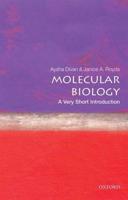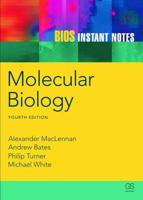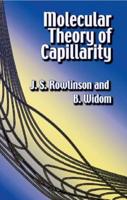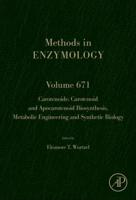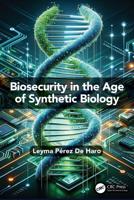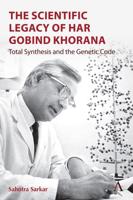Publisher's Synopsis
This book explores the dynamics of microbial biofilms, examining their role in both oral and systemic diseases, emphasizing developmental models, and presenting various characterization and detection methodologies. Divided into three sections, the introductory section covers fundamental concepts, including microbial biofilm understanding, the critical role of the extracellular matrix, antimicrobial resistance mechanisms, and the relevance of biofilms to the dental and medical fields. It also explores the development of novel antimicrobial therapeutic strategies for biofilm control, including diverse approaches like light-, nanoparticle-, peptide-, phage-, and phytochemical-based strategies, along with surface modification techniques. The second section navigates the diverse spectrum of biofilm complexity, introducing laboratory models such as microtiter plate formation, dynamic formation, active attachment, and in situ and in vivo formation models, thus providing a comprehensive understanding of experimental setups. The third section focuses on crucial analytical methods for biofilm studies, covering techniques for quantifying total biomass, cultivable cells, and metabolism. It further describes technical approaches to biofilm matrix analysis, Omics techniques, flow-cytometry analysis, imaging techniques, and the electrochemical detection of biofilms. An overview of machine learning approaches in biofilm research is also covered. This book is tailored for researchers, scientists, and students of microbiology.Key features1) Provides an in-depth exploration of microbial biofilms, covering their dynamics, associations with oral and systemic diseases, and emphasizing developmental models.2) Covers the role of the extracellular matrix, antimicrobial resistance mechanisms, and the development of novel antimicrobial therapeutic strategies.3) Explores a diverse spectrum of biofilm complexity through various laboratory models.4) Focuses on crucial analytical methods, covering techniques for quantifying total biomass, cultivable cells, and metabolic activity.5) Describes techniques for biofilm matrix analysis, Omics techniques, flow-cytometry analysis, imaging techniques, electrochemical detection, and the application of machine learning in biofilm research.

